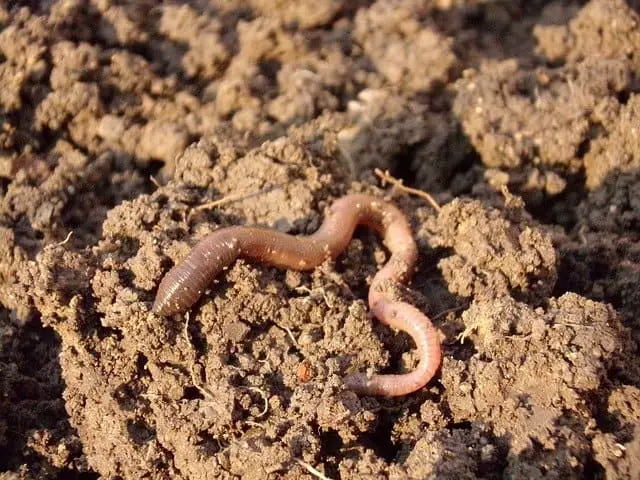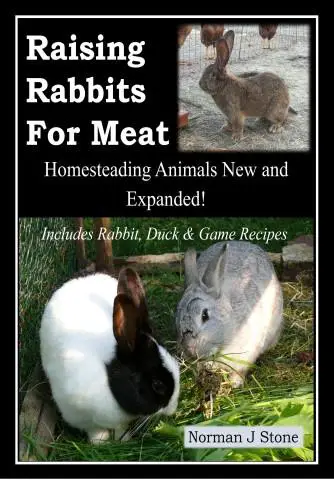Every gardener knows (or should know) the value of good compost. Indeed have the ability to be growing vegetables in pure compost, as well as making their own. Rather than buy it from the garden centre. However, when it comes to planting vegetables directly into compost. Then things can get a little ‘foggy’.
Compost is after all a soil amendment material to improve the overall condition of the soil. Not, some would say, to be used as a substitute to good soil management.
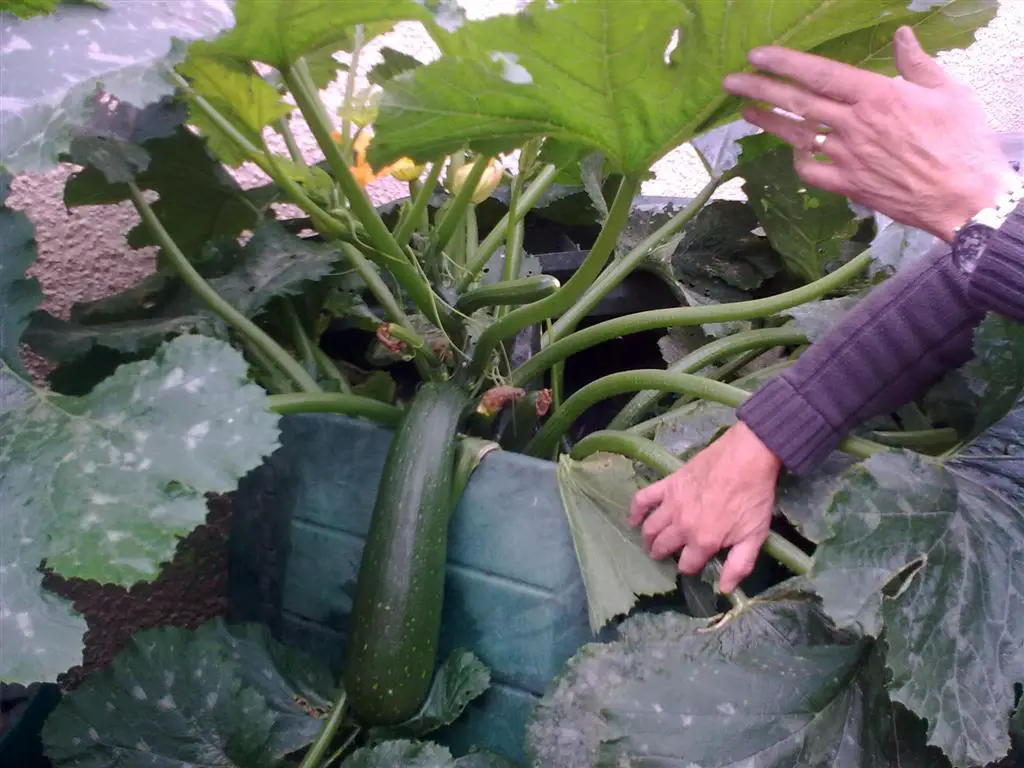
This is indeed fair comment as compost is created, then added to a topsoil mix. To improve the nutritional value of the soil for the vegetables that you intend to grow there.
What exactly is compost?
Compost is a load of organic material consisting of ‘brown’ and ‘green’ cuttings. These are mixed together and left to rot or decompose for a period of several months. Until it forms a crumbly ‘friable’ material than can be used as a soil amendment . More on creating good compost in this article.
. More on creating good compost in this article.
There can be a lot of confusion surrounding the issue of compost. For example many people have the mistaken idea that compost is equal to fertilizer – it is not. Even though good compost is rich in minerals and nutrients to promote plant growth. it is not to be treated as a fertilizer.
Any organic gardener especially, will know that the principles of sustainable organic gardening.  Is to feed the land which in turn will feed the plants. In this way an area of land can sustain plants without the need for artificial fertilizers. Mainly nitrogen, to boost crops.
Is to feed the land which in turn will feed the plants. In this way an area of land can sustain plants without the need for artificial fertilizers. Mainly nitrogen, to boost crops.
Artificial fertilizers (rather than natural such as cow or horse manure). Feed the plant directly and do nothing for the ground on which they planted. In fact the continuous use of chemical fertilizers just strips the land of any goodness. And leaves it dependent on chemicals for ever to sustain life – maybe a bit dramatic but I’m sure you get the idea!
How is compost used?
Compost is usually mixed with topsoil or sand, vermiculite, or pearlite. To create the ideal growing environment.
It is mixed with the soil in the ground to enhance the friability and drainage capability of the soil. As well as add nutrients and material that will encourage the microscopic activities. This will lead to a balanced environment .
.
Compost is often used with a little sand to make potting material for seedlings. This will give the young plants the boost they need for a healthy start to ‘life in the fast lane’.
So what’s the problem with planting directly into compost?
Growing in pure compost – without soil
So can you plant directly into pure compost? – YES you can. In fact it is something which I do on a regular basis, but only with certain vegetables.
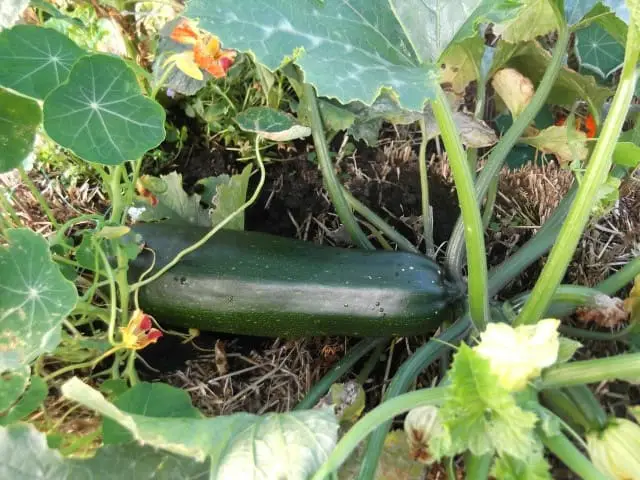
The reason for this is simple. Good compost tends to be rich in minerals, especially nitrogen. This is of course a good thing and what most gardeners want to achieve. But there is a downside to this. And that is the potential for the plant to burst out and produce a LOT of foliage. Due to the high concentration of nitrogen.
Imagine your child on a sugar rush when you give them sugar-rich sweets. Most plants react the same with too high a concentration of nitrogen, they go a little bit wild!
Planting cabbages for example in compost is not such a good idea. Unless you want a bunch of cabbage leaves with no heart in the plant!
So even though you can plant directly into compost. It has to be done with a little fore-thought so that you know the plant will prosper and not run wild.
Because you can, does not mean you should!
The other issue you may have with growing direct into compost. Is the age of the compost, or more exactly how far down the decomposition process it is.
For example. A newly formed compost heap is likely to heat up for the first 6 weeks or so. This means it will burn the roots of any new plants planted in it.
Also newly formed compost will have little in the way of nutrients. As the composting process has only begun. For these 2 reasons alone, I avoid planting anything in a new compost heap for a few weeks at least.
This is actually the same advice I would give for anyone planning a lasagna garden. This is another form of composting. Indeed a popular way to grow vegetables. especially for those into no-dig gardening methods such as myself.
A lasagna garden or layer garden, is evidence that compost does not have to be fully formed or ‘composted’. In order for it to grow vegetables.
What plants grow well in compost?
Plants that tend to do well when planted directly into compost. Are plants that can cope with the high nitrogen levels, and are not prone to ‘bolting’. This can result in weak leggy plants and poor production. The tomato plant is an example of what can happen in this respect.
Plants that grow well in compost – but look out for signs of bolting are…
- Courgette.These love nitrogen and I have successfully grown them in compost many times.
- Pumpkins & Squash. Like courgette, most squash varieties grow well even in new compost.
- Peppers. Both bell peppers and hot peppers grow well in compost.
- Potatoes. Potatoes will grow well in compost but will tend to go mainly to leaf and not many tubers. You may also find the tubers may be quite ‘scabby’ from the rich nitrogen levels.
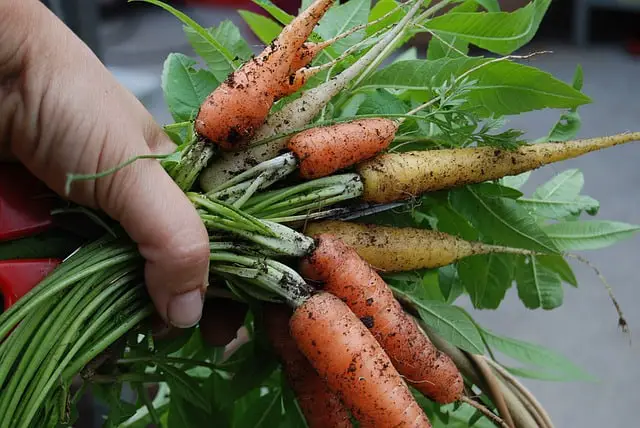
Plants that do not grow well in pure compost
- Cabbages. Brassicas in general I would not grow in pure compost.
 Because they will shoot like crazy and produce mainly leaf. So no heart in the cabbage or sprouts in the brussels or ‘flower’ in the cauliflower.
Because they will shoot like crazy and produce mainly leaf. So no heart in the cabbage or sprouts in the brussels or ‘flower’ in the cauliflower. - Carrots again will sprout really quickly but will produce weak carrots as the foliage takes centre stage. Likewise parsnips will not produce the best root.
- Beetroot. As with most root vegetables, beetroot does not do well in compost as it will just go to leaf and produce small beets.
- Tomato plants. These can grow well, but can tend to bolt and produce weak plants overall so I personally avoid planting tomato plants in compost only.
Other Issues with growing in pure compost
The fact is that pure compost was never really meant for growing direct into. As mentioned earlier. Compost is best used as a soil amendment to improve the overall quality of the soil. It does this by adding nutrients, minerals and drainage to an existing garden.
On its own, compost can quickly dry out, meaning that you have to water the plants more often. It also offers little in the way of support to the plants as the compost is light and airy. This means that tall plants in particular will fall over without adequate support.
It has to be noted that compost is NOT topsoil. It does not carry the same benefits on its own that good topsoil has. As described, it can improve topsoil. But on its own it does not carry all the benefits in regards to minerals, nutrients, insect life, and drainage. that good quality topsoil has to offer.
How much compost should be mixed with topsoil for growing vegetables?
Square foot gardening includes the perfect mix that will grow almost any vegetable. You can read more here.
includes the perfect mix that will grow almost any vegetable. You can read more here.
This can vary as you can read in this article. This mix give most vegetable plants all they need to grow and thrive in perfect measure. This to ‘produce the goods’ with respect to roots and fruits.
This mix give most vegetable plants all they need to grow and thrive in perfect measure. This to ‘produce the goods’ with respect to roots and fruits.
I have grown many different veggies in this same mix. And had excellent results whether with deep tap-root veggies or brassicas and legumes. They all seem to love this mix of topsoil, compost, and vermiculite (Pearlite is almost as good).
This is also an excellent mix for Raised Beds and container planting. Hanging baskets also do well with this mix as it will not compact in a restricted space. As would topsoil on its own.
and container planting. Hanging baskets also do well with this mix as it will not compact in a restricted space. As would topsoil on its own.
Is Compost easy to make?
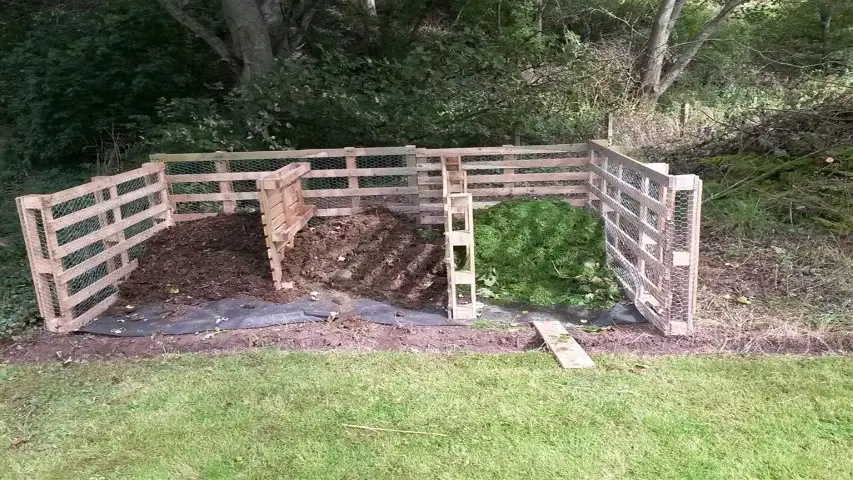
The good news is that provided you have access to organic materials. compost is very easy to make – but there are several ways to go about it!
At its core, compost consists of around 75% ‘brown’ material and 25% ‘green’ material.
Brown material can include forest debris, straw, fallen leaves , sawdust, shredded cardboard & newspaper.
, sawdust, shredded cardboard & newspaper.
Green material. Includes Grass clippings , vegetable cuttings, plant trimmings (without roots). manures (herbivores only), coffee grounds.
, vegetable cuttings, plant trimmings (without roots). manures (herbivores only), coffee grounds.
The brown material in compost is what gives your compost bulk and friability. The green material is what adds nutrients and minerals.
Mix all these materials together and within a year or so you will have good usable compost. This process can be speeded up by using hot composting methods to only a few weeks if you need quick compost.
methods to only a few weeks if you need quick compost.
Instant Compost?
The one exception to this whole composting process. Is dung that is produced from one animal in particular – the humble rabbit.
Apart from being a popular family pet. This animal is bred by homesteaders and off-grid enthusiasts mainly for its meat and fur. Yet an often-overlooked by-product of the rabbit is the manure it produces.
Unlike other animals the dung from the rabbit is so well composted. That it can be put into plant pots or raised beds without any problems. Although I prefer to add it to the compost heap as an ‘enricher’ material as it is super-rich in nitrogen.
Being a herbivore, rabbit dung is not subject to the restrictions. Unlike other carnivore or omnivore animals.
Bottom line is that if you already have rabbits as pets, then it’s a no-brainer to add their dung to the compost heap. If you do not already have rabbits – maybe you should consider this option if you have the space for them.
Raising rabbits for meat on Amazon
on Amazon
In Summary:
Yes, you can grow certain vegetables quite well in pure compost only. Most veggies will prosper better in a good mix of compost, vermiculite, and topsoil. Where all the combined benefits will form the perfect mix for growing vegetables.


